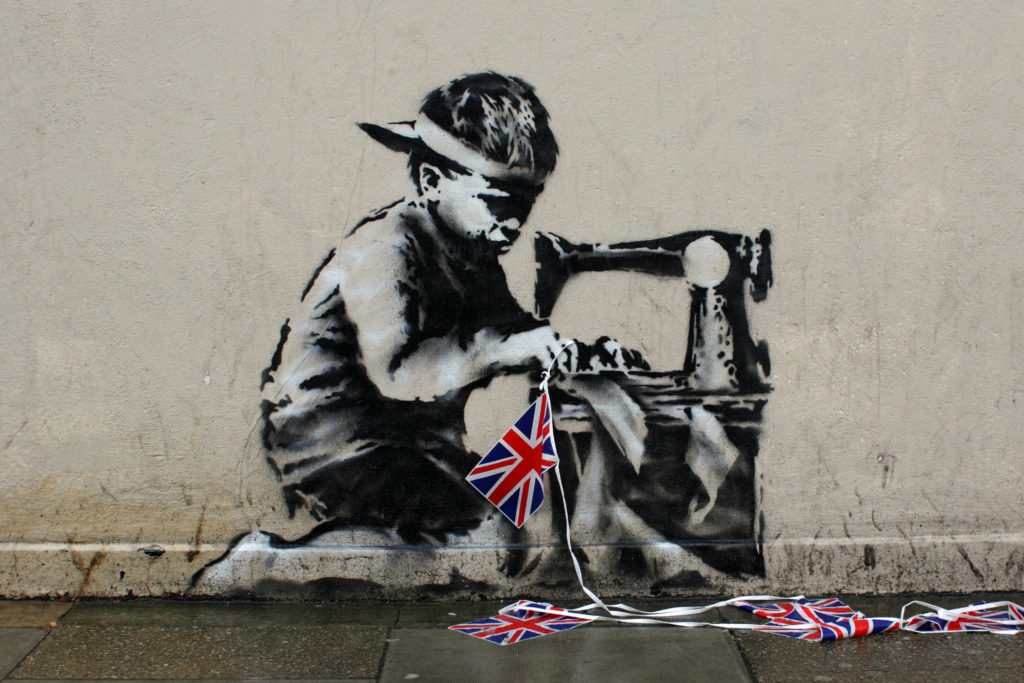
followthethings.com
Grocery
“Broccoli & Desire: Global Connections & Maya Struggles In Postwar Guatemala“
An academic book by Edward F. Fischer & Peter Benson published by Stanford University Press.
Google Books preview embedded above.
There are shoppers in Nashville USA who are conscious about their health and shop for healthy vegetables like broccoli in their local supermarkets. There are farmers in Guatemala who are trying to hold onto their land and to make a living by growing vegetables like brocolli for export markets like the USA. Each has their own rich and fascinating story to tell about their lives, their work, their dreams and desires for a better future. In this book, their lives are seen as interdependent as the authors travel along Brocolli’s supply chain, connecting these worlds and lives through detailed ethnographic fieldwork and description. They find that shoppers’ and farmers’ lives, and the impacts that they have on one another, are bound together in complex geographical and historical webs of connection. Like the best ‘follow the thing’ work, this study of a commodity that many wouldn’t think twice about on the supermarket shelf. But, once you start to examine it, ask questions about it, and start following it, what you find is often staggering in its contrasts, connections, depth and feeling. For the authors, the concept of ‘desire’ is something that this vegetable’s farmers and shoppers have in common. Could shoppers’ desire for cheap food be re-aligned into a desire for more equitable relations with farmers (even if this might cost a bit more)? Can there be foods that are good for the health and wellbeing of everyone in their supply chains? This is an admirable intention, but we haven’t been able to tell if and how this book encouraged others to think this was and to act on this way of thinking. What impact can an academic book have?
Page reference: Keith DellaGrotta and Meredith Weaver (2011) Broccoli & Desire: Global Connections & Maya Struggles In Postwar Guatemala. followthethings.com/broccoli-desire-gobal-connections-maya-struggles-in-postwar-guatemala.shtml (last accessed <insert date here>)
Estimated reading time: 12 minutes.
Continue reading Broccoli & Desire: Global Connections & Maya Struggles In Postwar Guatemala ![]()


